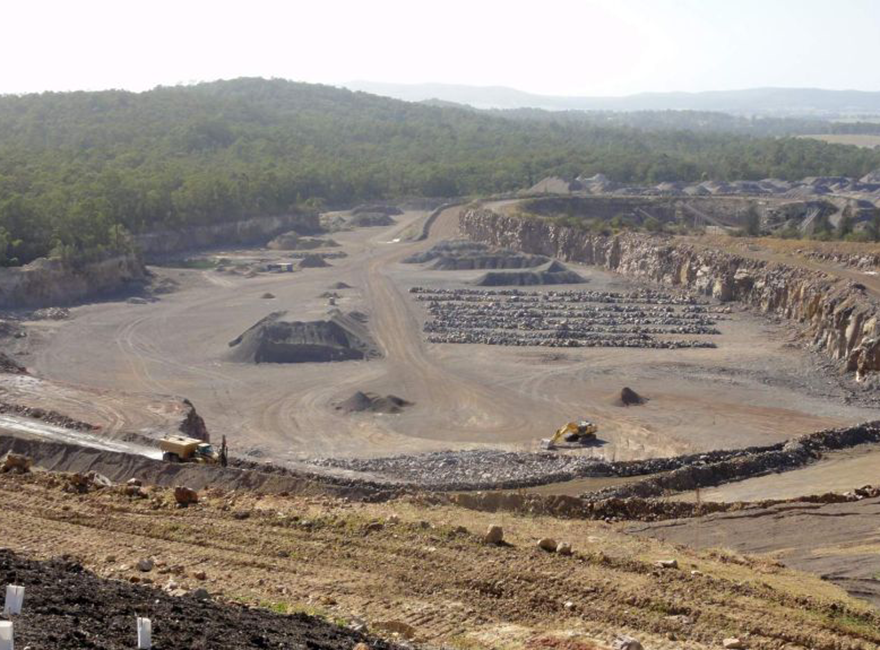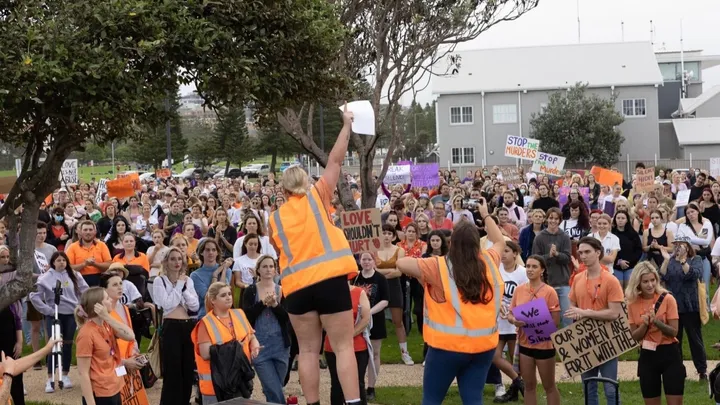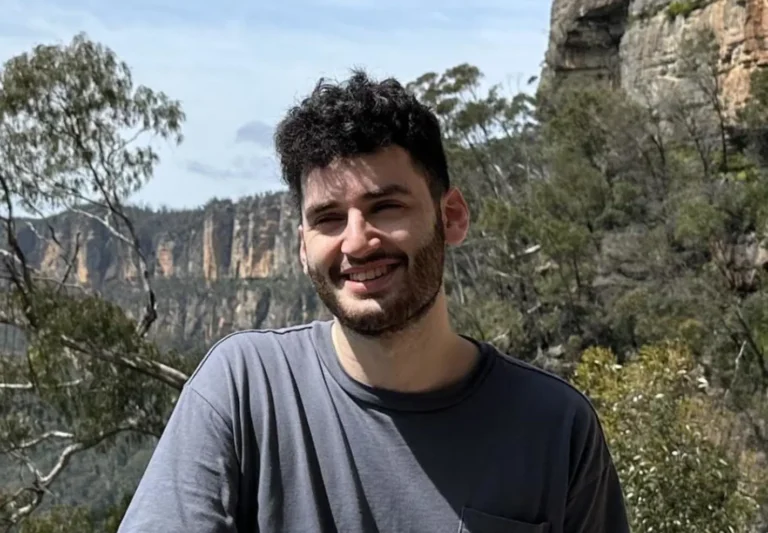
Brandy Hill Quarry planning tragedy

Opinion by MERRILL WITT
The federal government’s approval of the expansion of the Brandy Hill Quarry in Port Stephens was heartbreaking, not only for the local community but for the people of NSW and beyond.
A local community organisation, the Brandy Hill and Seaham Action Group, had launched a last-minute, very effective campaign to stop the destruction of 52 hectares of koala habitat.
Its success in attracting widespread media attention even caused the NSW Environment Minister, Matt Kean, to surprisingly voice his opposition to an approval that was recommended by his own department. At the opening of the Port Stephens Koala Sanctuary on 25 September 2020, Mr. Kean publicly implored his federal counterpart, Sussan Ley, to do the right thing and reject the Project.
“You should be looking very closely at this Brandy Hill decision because a lot is turning on the decision you will make,” he said.
Federal Government could not afford to reverse decision
The NSW Environment Minister must have known, however, that the timing couldn’t be worse for a reversal of a decision made by the NSW Independent Planning Commission (Commission) of a State Significant Development.
Ms. Ley would have risked casting doubt on the credibility of the state’s environmental laws and planning processes just when her government is trying to secure passage through the Senate of its controversial Streamlining Environmental Approvals Bill.
Designed to vest states and territories with final approval for proposed actions likely to have a significant impact on Matters of National Environmental Significance, Ms. Ley says the Bill will “reduce regulatory burden, accelerate job-creating projects, promote economic activity and create certainty around environmental protections.”
But both Labor and the Greens have criticised the Bill for its failure to incorporate robust national environmental standards, as was recently recommended in the Interim Report of the statutory 10-year independent review of the Environment Protection Biodiversity Conservation Act 1999.
Needless to say, the only real option open to Ms. Ley was to improve the conditions of the Project’s consent and try to put the best face on a sadly inevitable outcome.
New koala impact study contradicted advice from Government
To inform her decision and possibly quell community anger about the Commission’s decision, Ms. Ley commissioned an additional study on how the loss of habitat would impact the future of Port Stephens’ estimated 200 to 400 koalas.
Interestingly, the report, prepared by the private biodiversity consultancy Biolink, contradicted the advice of the Department of Planning, Industry and Environment (DPIE) that the Project would not cause a “significant impact” on the local koala population “due to the mobility of the species, the sparse populations in the locality and the availability of large areas of suitable habitat within other areas of the site and on surrounding land.” It found instead that the Quarry’s expansion footprint “has the potential to negatively impact on current east-west connectivity considerations for koalas.”
Ms. Ley used this finding to secure an additional commitment from Hanson, the Quarry’s owner, to plant a 74-hectare koala habitat east-west corridor. This slightly more favourable outcome for koala protection allowed the Environment Minister to claim that the “strict additional conditions” will “not only protect the koalas in Brandy Hill but will in fact expand the amount of higher quality habitat available to them.”
Quarry’s output set to double
Unfortunately, a closer look at the likely impact of the Project’s very significant edge effects on Port Stephens and beyond suggest a far less rosy future, not just for the koalas but for the area’s residents as well.
At the Commission’s public hearing, Port Washington MP and the Opposition’s Shadow Minister for the Environment, Kate Washington, tried to give a picture of the huge scale of the new extraction activity on Hanson’s 564 hectare rural property. “It’s going to be one kilometre wide by one kilometre long and to a depth of 78 metres,” she said of the 78.5 hectare permanent void that will take 163 years to fill with rain water, according to Hanson’s own estimate.
Carmel Northwood of Port Stephens Koalas expressed concerns about how the koalas on or near the site will cope with the stress of increased “blasting and crushing as well as the traffic.” Production will grow from 700,000 tonnes to 1.5 millions per annum and truck movements to and from the Quarry are expected to also double to close to 600 a day.
Ms. Northwood presented evidence of over 80 incidents of koala “rescues and releases out in the area of that quarry…Either they were found dead or they died in care and couldn’t recover. About 30 were released,” she said.
Local community is already feeling the impact of the Quarry’s activities
Just like the koalas, many of the area’s residents don’t seem to be coping too well with the current levels of traffic, noise and air pollution from the Quarry’s activities.
At the Commission’s public hearing, Chantal Parslow Redman, whose home is on one of the access roads to the Quarry, explained how “on multiple days and occasions the noise has been so excessive that it is audible within my house, affects my ability to sleep, concentrate or go about daily activities.”
In its submission, the Bolwarra Heights Community Group described the truck movements as “excessive, unreasonable and it would seem, illegal.”
Their suburb is also impacted by the activities of the Martins Creek Quarry, which is about 10 km northwest of Brandy Hill Quarry and is also seeking to expand its production to 1.5 million tonnes per annum.
Quarry company acknowledges problems of operating in an increasingly urbanised environment
The 2017 Environmental Impact Statement prepared by Hanson to support its development application acknowledged that “significant past and projected future increases in population size generates a range of challenges surrounding the dispersal of towns and villages” in Port Stephens.
Somewhat ironically perhaps, Hanson argued that its building products are required to meet local demand for housing and infrastructure. The Hunter Regional Plan 2036, for example, identifies an additional 70,000 dwellings will be needed by 2036.
Both the DPIE and the Commission agreed with Hanson’s assessment that the socio-economic and environmental impacts of allowing more mining activity in an increasingly urbanised setting were either acceptable or could be appropriately managed or mitigated through biodiversity offsets.
But to the layperson, at least, the Commission’s deliberations highlight a number of issues surely worthy of greater scrutiny?
In its Statement of Reasons for Decision, for example, the Commission noted how the DPIE had confirmed that “the current biodiversity calculator applied in the Biodiversity Assessment Methodology [for threatened species] has not been updated to account for changes associated with bushfire impacts related to the Black Summer bushfires.”
The Commission cited a NSW Upper House report on koala populations and habitats to support its comment that “it may be appropriate to reevaluate the policy framework under which the impact on koalas is required to be assessed.”
This report estimated that over 5,000 koalas in NSW were killed in the bushfires.
Interestingly, the Commission also observed that noise monitoring studies conducted by Hanson were of questionable validity.
“Only two dwellings on Brandy Hill Drive were the subject of noise monitoring,” it wrote, and “no noise monitoring was reported on other, more urbanised sections of the haulage routes where dwellings are typically located closer to the road and are therefore more likely to be impacted by road noise.”
Most alarmingly, the Commission heard numerous complaints from local residents about Hanson’s engagement with the local community, including accusations of bullying, intimidation and even property damage to the home of one of the Project’s opponents.
Independent Planning Commission’s powers have been weakened
Recent reforms to the Commission’s operations, which have curtailed the Commission’s power to conduct its own assessment process, may explain why these issues weren’t followed up?
When introduced earlier this year, Independent MP Justin Field characterised the reforms as a “gift to the mining industry.” Expert witnesses, for example, can no longer be called to testify at public hearings and the previously familiar practice of holding public hearings in multi-stages to allow time for additional evidence to be gathered and scrutinised has been discontinued.
While the DPIE website says that the Commission “still retains the capacity to seek independent expert advice to assist it in determining an application,” the independent agency is now accountable to the Planning Minister, who is responsible for setting the rules and policies against which projects are assessed.
These and other controversial reforms came out of a NSW Productivity Commission review that was prompted in part by the mining sector’s outrage over the Commission’s refusal of Kepco’s Bylong Valley Coal Mine proposal in September 2019.
The new coal mine was rejected by the Commission on the grounds that its impacts on Bylong Valley’s water, agriculture and heritage were unacceptable. It was also found to be contrary to the NSW Government’s policy of cutting carbon emissions in order to address the impacts of climate change.
Surely, equally as compelling reasons could or should have been made by the Commission to refuse or at least defer the Brandy Hill Quarry expansion proposal?
After all, Mr. Kean’s response to predictions that NSW’s koalas will become extinct in the wild well before 2050 was a pledge to double the koala population by 2050!









